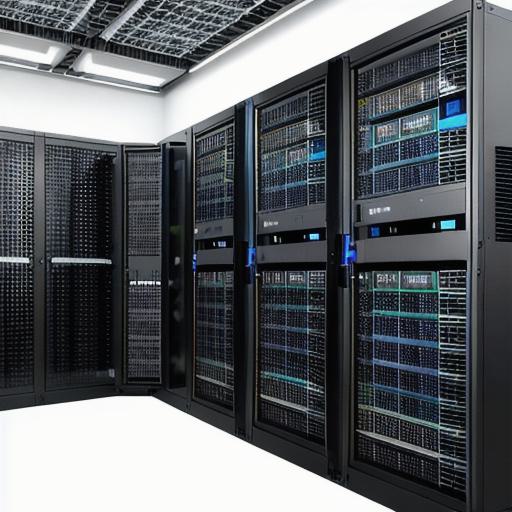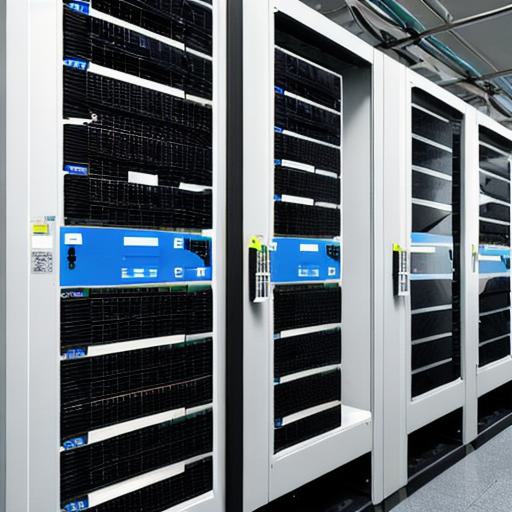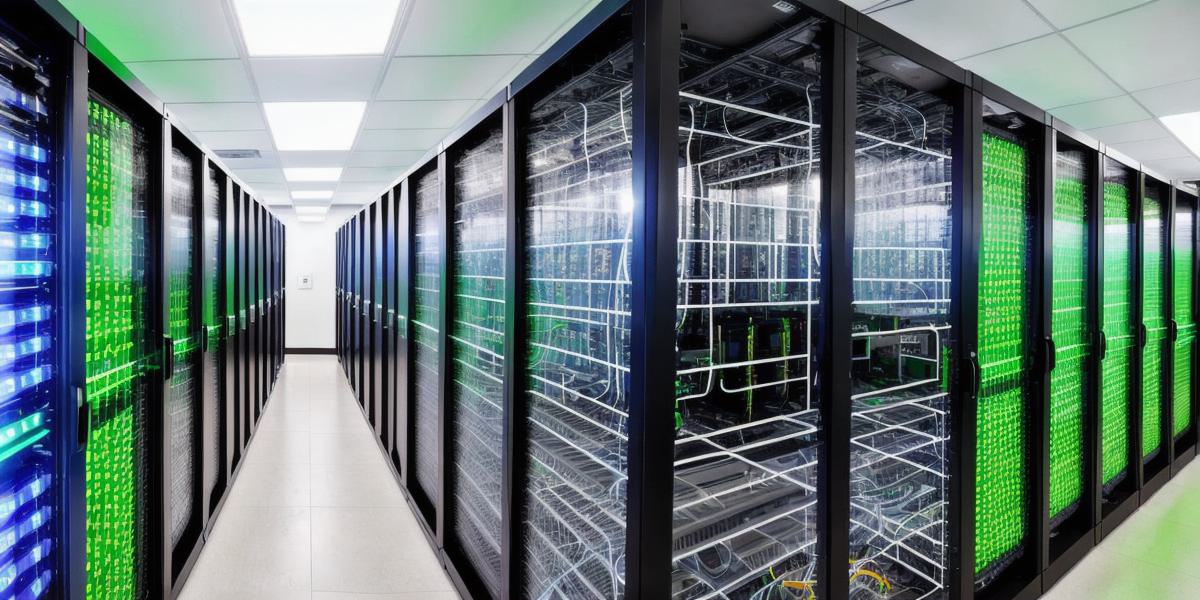Setting up a data center room is a critical endeavor for any organization that relies heavily on data processing and storage. A well-designed data center ensures business continuity, data security, and optimal performance. In this article, we will discuss the essential requirements for setting up a data center room.
Power and Cooling
One of the most critical aspects of a data center is power and cooling. Data centers require large amounts of power to run their servers and other equipment. It’s essential to ensure that your data center has a reliable power supply, preferably from multiple sources, such as generators or utility grids. Power distribution units (PDUs) should be used to distribute power to different racks and outlets.
Cooling is another crucial requirement for data centers. Servers generate heat, and proper cooling is necessary to maintain optimal operating temperatures. This can be achieved through various methods, such as air conditioning or liquid cooling. Proper ventilation and airflow are also essential to ensure that cool air reaches the servers and hot air is exhausted efficiently.
Security
Data centers house sensitive information, making security a top priority. Physical security measures include access control systems, surveillance cameras, and biometric authentication. It’s crucial to limit access to authorized personnel only and maintain logs of all access activities.

Moreover, data centers should be located in secure facilities with robust disaster recovery plans in place. Regular backups and redundant storage systems are essential to ensure business continuity in case of data loss or damage.
Fire Suppression
Fire suppression is another critical requirement for data centers. Fire can cause significant damage to equipment and data. Early detection and suppression are crucial to minimize damage. Data centers should have fire suppression systems, such as fire extinguishers or fire suppression agents, in place. Regular inspections and testing of these systems are necessary to ensure their effectiveness.
Structural Considerations
Structural considerations include the flooring, racking, and cabling. Data centers require specialized flooring that can support the weight of servers and other equipment while allowing for proper airflow. Racking is used to mount servers and other equipment in a compact and efficient manner, while cabling ensures connectivity between different components.

Summary
Setting up a data center room requires careful planning and consideration of various factors, including power and cooling, security, fire suppression, and structural considerations. By addressing these requirements, organizations can ensure the optimal performance, reliability, and security of their data processing and storage systems.
For instance, Google’s data centers are designed with a modular approach to allow for scalability and flexibility. They use advanced cooling systems that recycle water from nearby rivers to cool their servers and reduce their carbon footprint. Additionally, they implement extensive security measures, such as biometric access control and 24/7 monitoring.
In conclusion, setting up a data center room is an essential investment for organizations that rely heavily on data processing and storage. By addressing the essential requirements discussed above, organizations can ensure business continuity, optimal performance, and data security.
